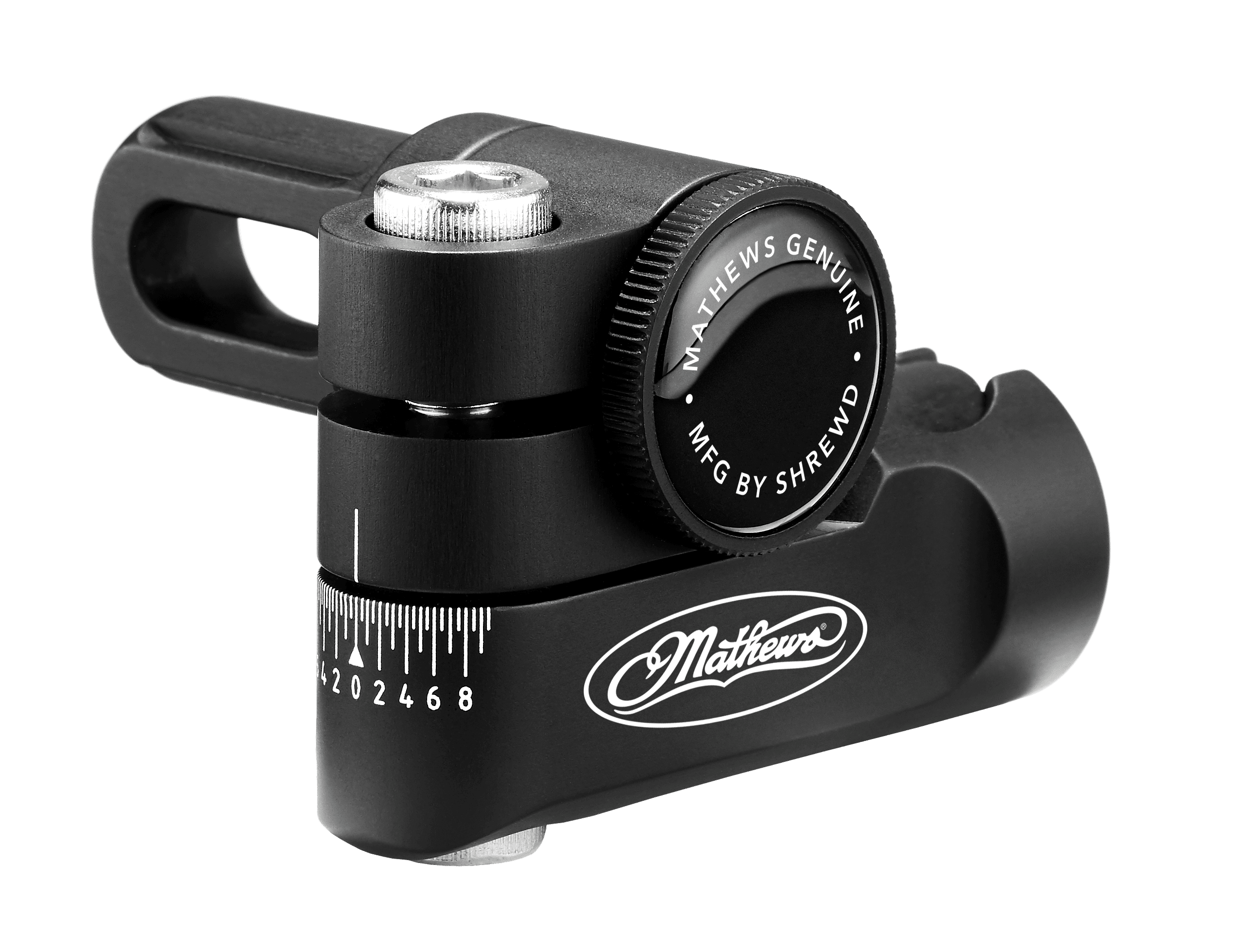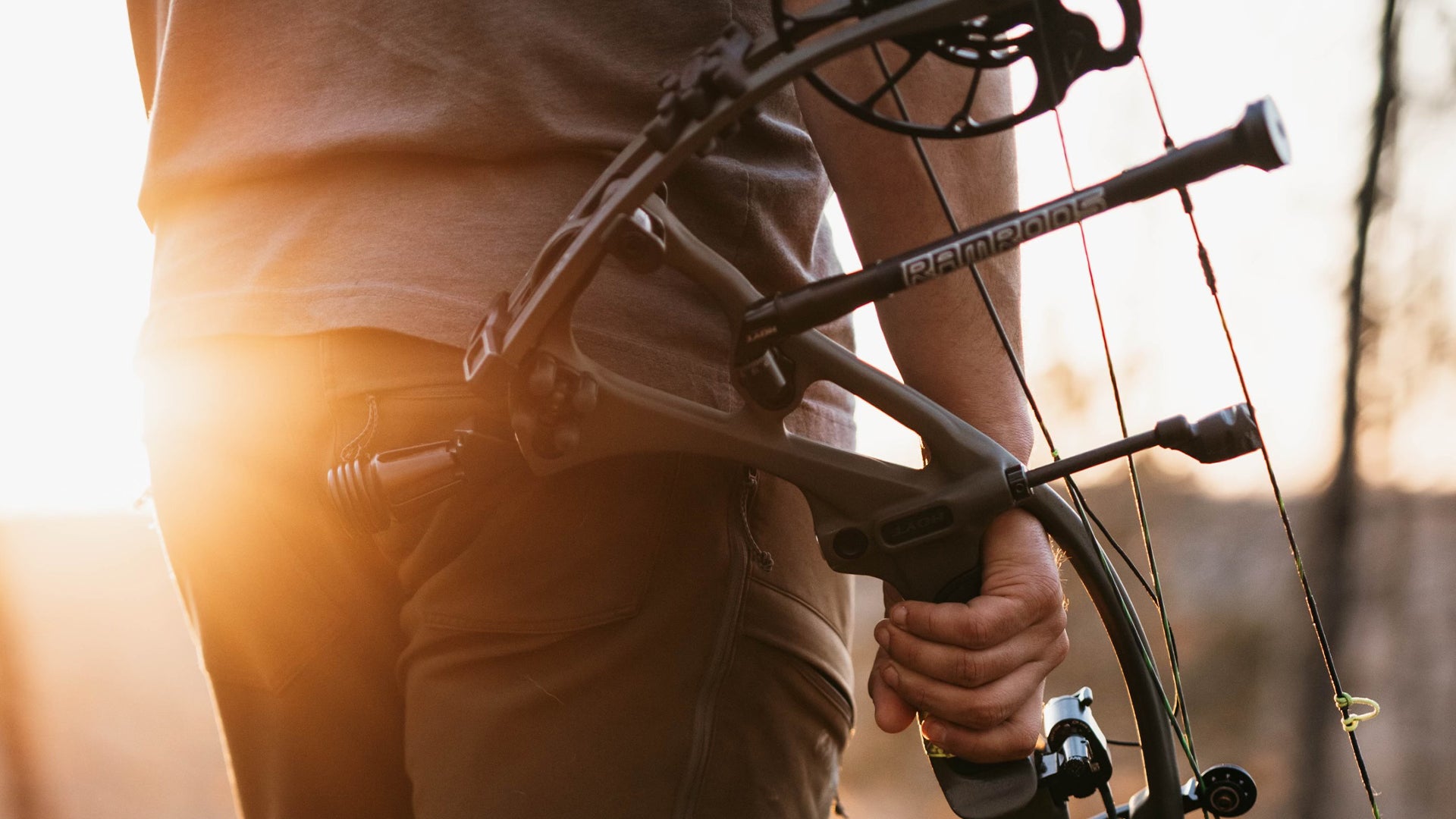Master Your Goal with High-Quality Bow Stabilizers: Store Now!
Master Your Goal with High-Quality Bow Stabilizers: Store Now!
Blog Article
Optimize Your Archery Precision With These Bow Stabilizer Techniques
One important aspect that can considerably impact your efficiency is the correct use of bow stabilizers. Whether you are an experienced archer looking to refine your abilities or a novice excited to enhance your precision, understanding these bow stabilizer methods could be the key to striking your mark with exceptional consistency.
Advantages of Utilizing Bow Stabilizers
Using bow stabilizers can substantially enhance an archer's precision and general efficiency by reducing bow torque and resonance. Additionally, bow stabilizers moisten vibration, which not only boosts the comfort of capturing but additionally avoids the bow from leaping upon launch, thus assisting in preserving appropriate goal.
In addition, bow stabilizers can help in holding the bow stable, specifically throughout gusty conditions or when firing from longer distances. The added weight at the front of the bow provides stability and equilibrium, allowing the archer to concentrate on intending without the diversion of bow movement. Overall, the benefits of using bow stabilizers expand beyond simply accuracy, improving the archer's experience and performance in different shooting circumstances.
Selecting the Right Bow Stabilizer
Selecting the ideal bow stabilizer is critical for maximizing your archery equipment and enhancing shooting performance. Larger stabilizers can help reduce bow torque and absorb even more vibration, leading to a steadier objective.

Finally, consider the design of the stabilizer. Some stabilizers include adjustable weights or dampeners that allow you to customize the balance and feel of your bow. Ultimately, picking the ideal bow stabilizer involves locating a balance in between weight, material, size, and layout to boost your capturing accuracy and overall performance.
Appropriate Installment Techniques
To guarantee ideal performance and safety in archery, mastering proper installation techniques for your bow stabilizer is essential. The first action in mounting a bow stabilizer is to recognize the right positioning on your bow.
Next, securely attach the stabilizer to the bow using the ideal placing equipment. It is vital to tighten the stabilizer snugly to avoid any tottering during shots. Some stabilizers come with adjustable weights that can be added or removed to tweak the balance of your bow. Trying out various weight configurations to find the optimal equilibrium that fits your shooting design.

Readjusting Stabilizer Weight and Length
After ensuring the proper installation of your bow stabilizer, the following action entails readjusting the weight and size to enhance its performance in enhancing archery accuracy. The weight of the stabilizer plays a crucial duty in decreasing bow activity throughout the shot cycle.
When it pertains to stabilizer length, finding the right equilibrium is vital. A longer stabilizer can supply higher stability by increasing the range in between the bow and the weight at the end of the stabilizer. This added range boosts the supporting effect, especially in gusty conditions or when contending longer ranges. On the other hand, a shorter stabilizer offers extra ability to move and may be preferred by archers that value agility and fast motions during capturing.
Advanced Stabilizer Tuning Tips
Attaining ideal bow stability and accuracy in archery demands a nuanced technique to advanced stabilizer adjusting. Advanced stabilizer tuning entails fine-tuning different parts to improve the bow's equilibrium, decrease resonance, and enhance read total accuracy. One essential technique is to trying out different stabilizer arrangements, including back-bar and side-bar setups, to locate the suitable balance in between security and maneuverability for your capturing design. bow stabilizer. Additionally, readjusting the angle and positioning of the stabilizer can have a significant effect on how the bow reacts upon launch.
One more crucial aspect of sophisticated stabilizer adjusting is maximizing the damping homes of the stabilizer system. This can be attained by including additional dampening accessories such as rubber dampeners or harmonic stabilizers to even more minimize resonance and sound. In addition, exploring different materials for the stabilizer building, such as carbon fiber or aluminum, can likewise influence the bow's performance by changing its weight distribution and tightness. By meticulously fine-tuning these advanced stabilizer components, archers can optimize their precision and uniformity on the variety or in competition.
Conclusion
In verdict, taking full advantage of archery precision can be accomplished via the appropriate option, setup, and change of bow stabilizers. In general, including bow stabilizers into archery technique can lead to improved efficiency and increased accuracy.
Making use of bow stabilizers can considerably boost an archer's accuracy and general efficiency by reducing bow torque best site and resonance. Longer stabilizers provide higher security and balance, particularly for long-distance capturing, while shorter stabilizers provide even more versatility and are much easier to steer in tight areas (bow stabilizer). Carbon fiber stabilizers are resilient and light-weight, while light weight aluminum stabilizers are robust and supply excellent vibration moistening
A longer stabilizer can give greater stability by enhancing the range in between the bow and the weight at the end of the stabilizer.An additional essential element of sophisticated stabilizer adjusting is go maximizing the damping residential or commercial properties of the stabilizer system.
Report this page